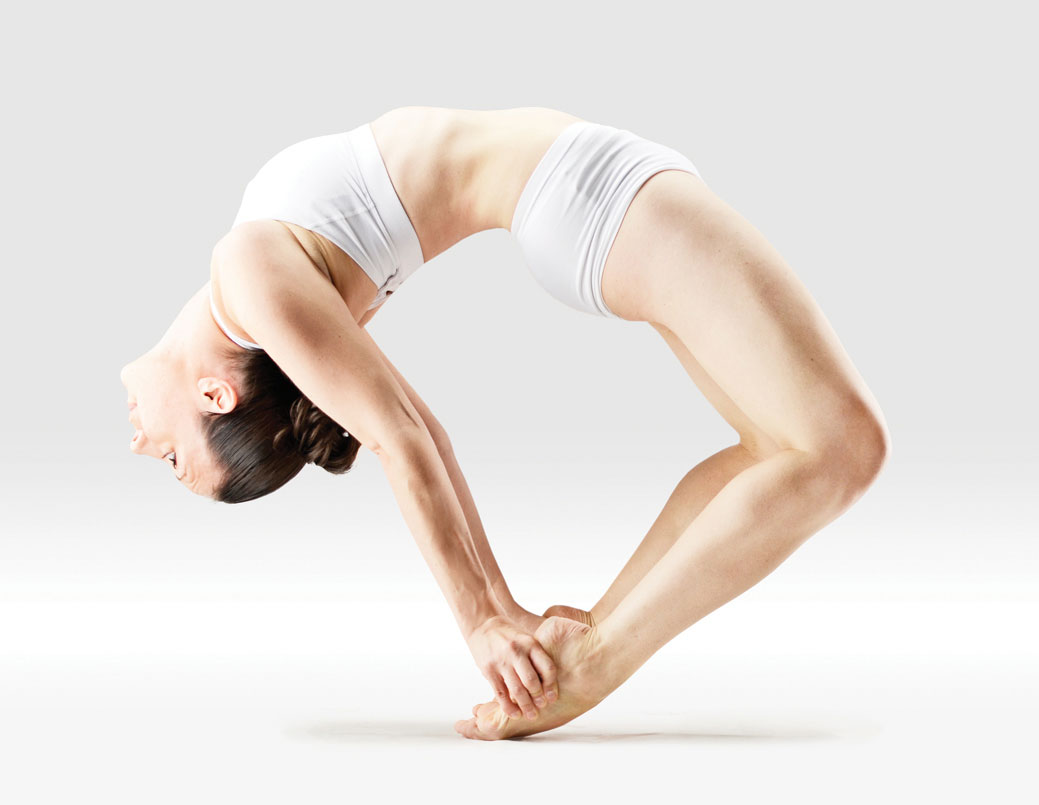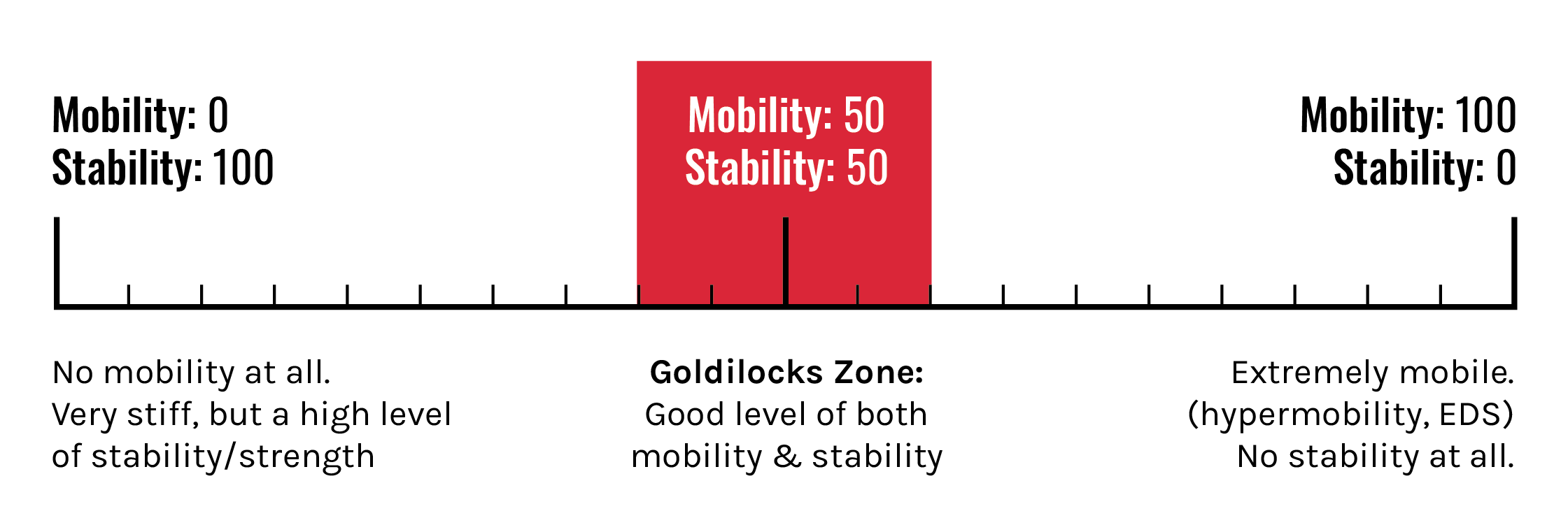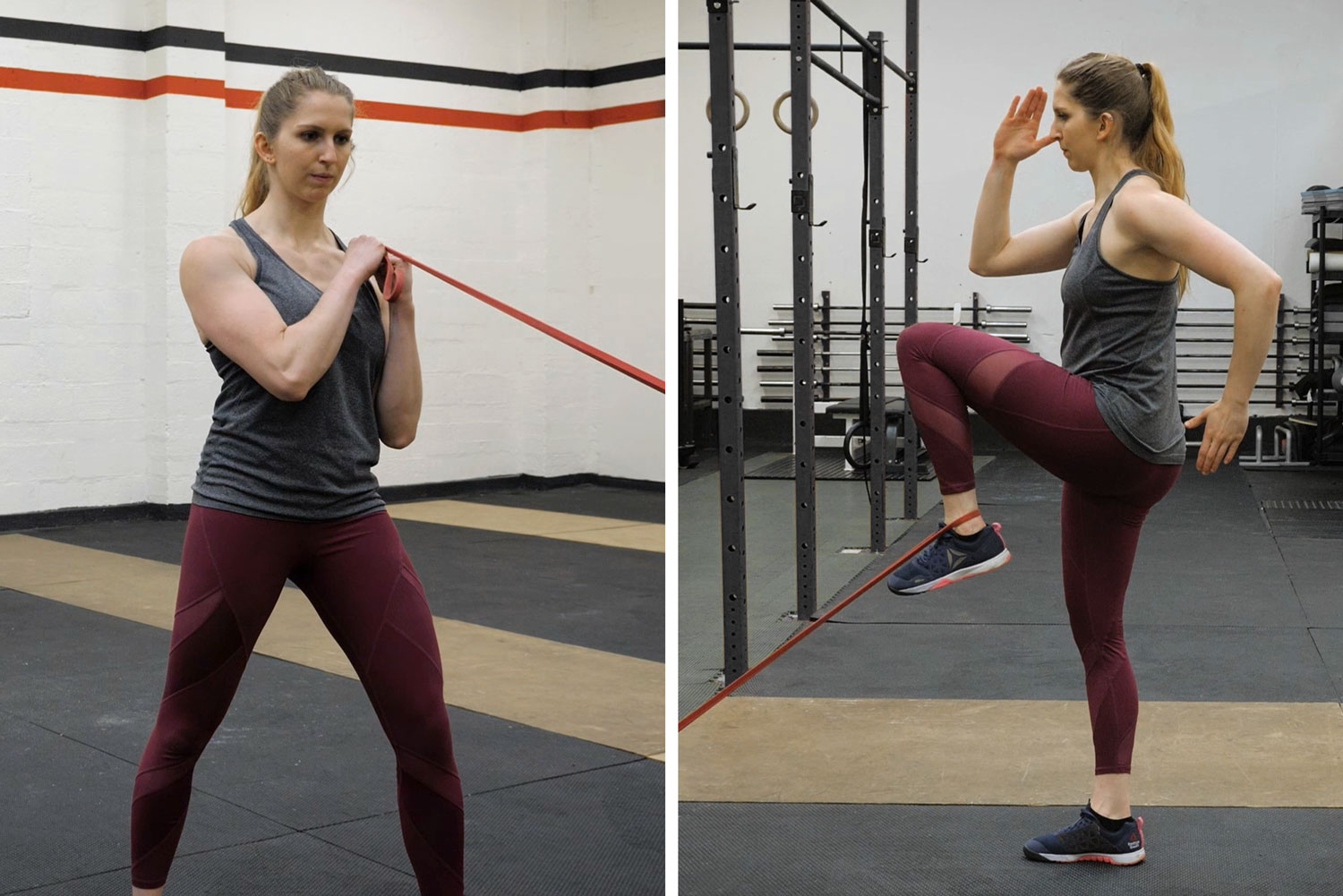Should You Stretch If You're Already Flexible?
5 min read.
Everyone seems to be jealous of people that are very flexible, but really, it’s a double-edged sword.
Everyone seems to be jealous of people that are very flexible, but really, it’s a double-edged sword.
Unless you’re incredibly fortunate and lie in the middle zone, then you’re going to fall into one of two categories:
Lacking mobility: You struggle to attain good positions but can still get very strong. You just feel tight. Injuries build up over time as a result of frequent overloading of bad positions.
Or
Having lots of mobility: You can hit all the right positions but feel disconnected as if you don’t have strength, or your joints are just sore all the time. Injuries come suddenly as a direct result of “simple” movements.
Now, some would have you believe that there are certain things you must do in order to offset these two very different states. There’s all sorts of silly programs being pushed on you containing a bunch of weird, boring isolation movements that just aren’t fun, make you feel even worse about yourself, and cause you to self-label as “weak” - which is never the case. You aren’t weak. You just have relative strength based on your own body, training & injury history, it may not be the same as anyone else’s but there’s nothing wrong with that.
To put it very, very simply here’s what you need to do:
- If you are stiff as a board, you need to put yourself into your end range positions and think about relaxing, spending time there regularly, use your breath and trying to sink deeper. Your ranges will improve with consistent practice.
- If you are too flexible and feel a lack of stability, you need to put yourself in your end range positions and work on controlling them: use isometric holds, slow movement, create tension. Your stability will improve with consistent practice.
That’s it!
youtubeid=4KAaqRiiXbk
But Tom, what movements do I use!?
Any and all! Anything that interest you! Lunges, squats, hanging, push ups, backbends - you name it you can apply that thought process to it.
For an example I’ll use the Deep Split Squat from SMM:
As you can see from these two pictures, Jenni has a lot more range than I do. There’s no right or wrong, neither of us is “better” at the movement, we both have an adequate range to be able to squat, but in order to improve our abilities, we’d each need to focus on different things.
For me, my goal is to try to increase my range over time. I want to stay in the position and actively try to push myself lower, keeping my body and breathing relaxed. Pretty standard stretching, but I’ll also combine this with active engagement, so I retain stability in my new ranges.
Jenni however doesn’t find this much of a stretch, so it is better for her to focus on the balance in the position – not holding on to any wall/post/etc. and using the wobbles to strengthen her ankle. It’s even better for her to lift herself up a fraction higher to make sure she has good muscle engagement rather than just resting on her joints; engaging like she’s going to stand up out of the split squat, but not enough to actually move.
So, we can both do the exact same exercise, but the thought process is different: I’m trying to attain more range, and Jenni is trying to master what she already has!
You Lack Stability
Except for high-level dancers, gymnasts, etc, generally if you’re very flexible, you lack stability. You have a lot of range of motion, but it’s passive – you can’t fully control it, making it dangerous. You need to focus on moving slower and creating tension in any position, but particularly the extremes of your ranges.
For example, if you’re a very flexible person and start Weightlifting, your positions will be great right from the start, but without learning to create tension it will take a long, long time to build up your numbers. It can be tempting to simply add weight and follow a linear program like your fellow less-flexible gym buddies, but this can be counterproductive and hold you back in the long run.
Conversely, the inflexible do need to be careful as well. If you’re rigid as anything and start doing intense, long stretches for the splits you can end up losing the stability you had - not a good thing at all! This is what makes The Simplistic Mobility Method such an effective program: it builds both flexibility & stability together.
It’s All About Perception
All too often people label themselves as “not flexible” when they have all the mobility they need. It’s all quite relative, being able to do the splits, or even being able to touch your toes isn’t necessary for everyone. Provided you can do all the movements you want to, and you’re pain free, then you are as flexible as you need to be! Your mobility work can be focused on maintaining and enhancing, rather than killing yourself to reach the level of a Yoga Teacher when all you want is a good squat.

Very rarely do I meet a total train wreck of a person - on either end of the spectrum - but still, all that means is that their starting point back to the middle is a bit further away. I’ve never met someone that can’t be helped if they want to be helped – though I have met people that decided that they can’t be helped, and coincidentally, they can’t be helped.
Stretching Feels Good
One of the funniest things I have noticed about flexible people is that even though you could fold them up and put them in a small suitcase, many seem to want to keep stretching.
It just feels good! It’s what their body finds easy, and bodies love to do what’s easy.
If you’re too flexible, you need to “hold yourself back”, using stretching minimally, and instead focus on balance, general good muscle activation, multi directional movement, and the ability to resist external forces from different angles.
Remember that there’s a big world of information out there and the generic articles that you come across may not actually reflect your specific needs. Jenni and I are well balanced: I come from the broken, inflexible background; and she comes from the broken, too flexible background so we have a broad range of experience on both sides of the scale!
If you want to add structure and sense to your mobility & strength work, then check out The Simplistic Mobility Method for your foundational mobility, or End Range Training if you have good movement, but want to build useful strength & stability.
READY TO GET STARTED?
View Products





